
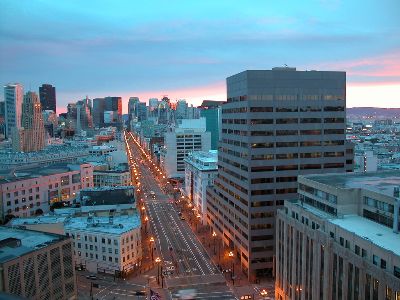 Fog City Journal Fog City Journal
April 4, 2011
Copyright © 2011
by Marc Norton
The corporate hucksters have really piled it on since I wrote my March 23
Fog City Journal article about the Great Twitter
Tax Break. Predictably, once it became clear that our current City Fathers will kowtow to Twitter and give them a multi-million dollar dollop of corporate welfare, every Big Business crony and wanna-be in town has rushed to Silly Hall with their hands out. And, just as predictably, the majority of our Stupervisors have rushed to greet them, eager to win their favors.
But before all that, just a few days ago, I wandered out of Buck Tavern, fortified by a pint of Guinness, map in hand of “The Central Market and Tenderloin Area Payroll Tax Exclusion Boundaries.” I headed east along Market to take stock of the recipients of the Board of Stupervisors’ largesse and to check out the old neighborhood.
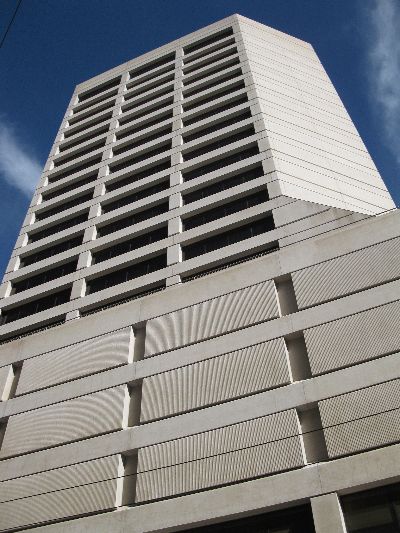 My first encounter on Twitter Lane was with the white My first encounter on Twitter Lane was with the white
Bank of Amerika monolith at Market and 11th. This building has been a blight on the neighborhood for decades. Its blank walls loom over the street, appearing like the bastion of some other-worldly invasion force. This building is the kissing cousin of the big black BofA monolith in the heart of Wall Street West on Montgomery and California, the one with the stone Banker’s Heart in the plaza, where many a demonstration against corporate greed has taken place, including the one scheduled for Monday, April 4, by the San Francisco Labor Council.
Immediately upon encountering the BofA building on Market, the limitations of my “Payroll Tax Exclusion Boundaries” map became apparent. Actually, I have two maps. The first map, dated March 16, clearly shows the BofA building as part of the exclusion zone. This is a bit odd, as banks don’t pay any business tax to San Francisco, since the politicians in Sacramento don’t allow cities and counties to levy business taxes on banks. This fact is mentioned in the media from time to time, like it is some Big Revelation, and then routinely dropped like a hot potato.
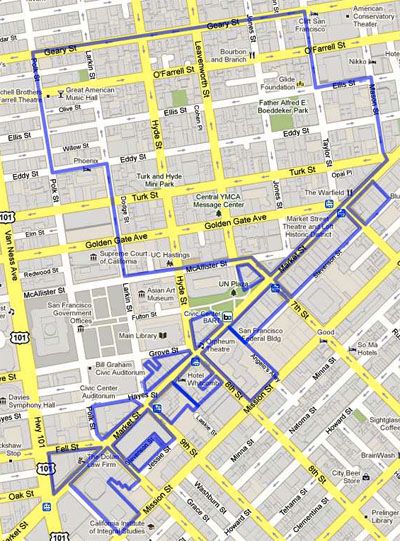
March 16 map
My second map is dated one day later, on March 17, part of an amended ordinance. This map shows the BofA building outside the exclusion zone, as if somebody thought better of giving a business tax break to a company that doesn’t pay any business taxes in the first place. But the plot thickens. The amended ordinance wipes out the block and lot number where the BofA building sits, seemingly excluding it from further consideration for the tax break. On the other hand, a parcel in the same block (Block #3507, Lot 39) is still included. A look online at the Assessor’s parcel search application has no listing for such a lot. A look online at the Assessor’s document search application reveals that this lot does indeed exist, somewhere, and that it has a confusing history of ownership, including at some point the Tenderloin Neighborhood Development Corporation. Go figure.
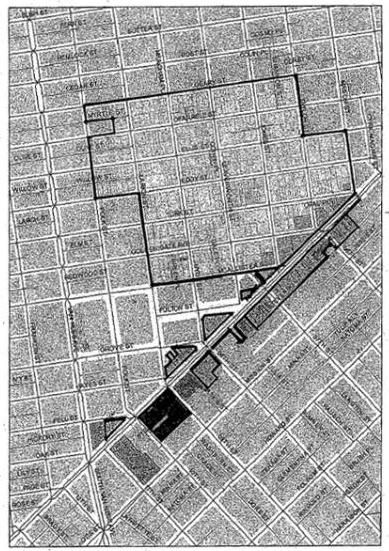
March 17 map
Further investigation reveals that, according to the Controller’s Office, the BofA building on Market Street is being vacated by BofA, leaving something like a million square feet of office space empty. You better bet that any new occupants will be hitting up the city for a tax break.
Moving up Market Street, one next encounters a big empty lot. It has been empty for sometime, as the Great Recession (the one that is supposedly all over) hasn’t been kind to developers. According to my first map, this empty lot rated a tax break, which I guess would mean that if somebody could get something built there it would be business-tax-free for the next few years. But, on my second map, this lot has been removed from the exclusion zone. However, once again, the actual text of the amended ordinance is in conflict with the map, as it still includes this lot. I guess if anybody wants to build here, they will have to take their chances.
 Across 10th Street we find the old Furniture Mart, the very building that set this process in motion, the future home of Twitter and now the property of Doug Shorenstein. Across 10th Street we find the old Furniture Mart, the very building that set this process in motion, the future home of Twitter and now the property of Doug Shorenstein.
On my newer map, this property is marked with heavy black ink, like the heart of darkness that it has become.
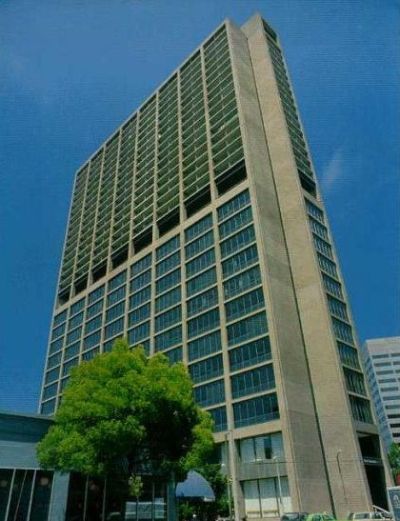
Across Market Street sits the
Fox Plaza,
a combination office/apartment building that was stupidly built with its broad side to the prevailing wind.
This creates the gut-wrenching kind of wind that they call Mariah. I hope those techie Twitterites across the street will be
up to it.
The Fox Plaza
is yet another mystery. My first map shows it in
the exclusion zone. The second map shows it outside the zone. The text of the ordinance still includes it.
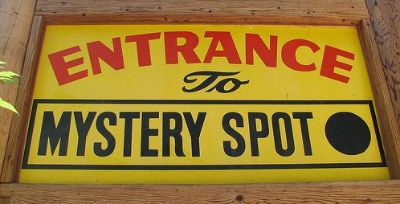 Maybe we should rename this whole deal the “The Central Market and Tenderloin Area Mystery Spot.” Maybe we should rename this whole deal the “The Central Market and Tenderloin Area Mystery Spot.”
Marching up the street, we come to the big ugly office building at 1275 Market, sitting on what used to be the Whitcomb Hotel’s parking lot. The Controller informs us that the building is being vacated by the State Compensation Insurance Fund. My first map has it in the tax exclusion zone; the second map shows it outside the zone. For once the amended ordinance is in agreement, and shows this building excluded from the zone. Just how long do you think that will last?
Next we come to the pièce de résistance, the Whitcomb Hotel, where my mother used to live, my brother and I used to play in the old pool room, and now the temporary home to assorted tourists. No mystery here about whether or not the Whitcomb is included in the tax exclusion zone. It was, and it is. But, why?
Just exactly why does a hotel need a tax break on any new room cleaners or front desk clerks that they might hire? Is the Whitcomb going to leave town if they aren’t part of this deal? Maybe they could move the hotel to Brisbane, where Twitter was going to go.
Curiously, the Holiday Inn Civic Center, just around the corner from the Whitcomb was never included in the tax exclusion zone. I guess nobody is worried about them moving to Brisbane although, unlike the Whitcomb, it would fit right in there.
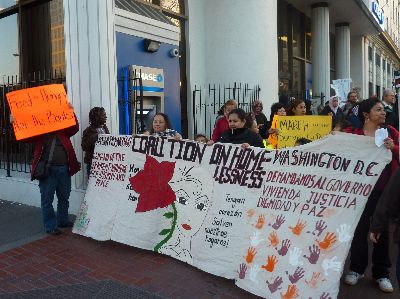 On the corner of On the corner of
8th and Market, next to the Whitcomb,
is a branch of Chase Bank. Consulting my maps and the ordinance, it is clear that Chase, unlike BofA, rates clear inclusion in the tax exclusion zone. But, like the BofA, they don’t pay business tax
to the City anyway. My, my, what a tangled web we weave.
Stumbling up the street, wishing for another Guinness, I see that Trinity Plaza is in the exclusion zone, according to my first map. What is going on here? Did someone think that Angelo Sangiacomo, the Don of Trinity Plaza, would change his mind about building all his big apartment buildings there if he didn’t get a tax break? Fat chance. Well, we may find out, because my second map shows his development outside the tax exclusion zone. But, then again, the ordinance suggests that it was never in the exclusion zone, despite the first map.
I hope someone besides me is keeping track of all this. This is beginning to look like a piece of legislation in search of litigation by once and future owners of all these parcels.
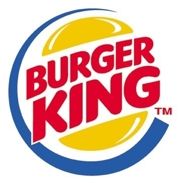
About this point in my journey, my feet and my stamina began to wane. Maybe it was the Guinness, or perhaps the lack thereof. Across Market Street I saw the
Burger King near the library. Yeah, give them a tax break on hiring new burger-flippers, please. Then across 8th Street is the Orpheum Theatre, which
also appears to be in the zone. And beyond that the home of the Public Utilities Commission, what used to be the Strand, and the empty Merrill’s Drug Store, the Art Institute… In or out? The mind boggles.
 And somewhere down the street is the home of the soon-to-be CityPlace mall. The deal And somewhere down the street is the home of the soon-to-be CityPlace mall. The deal
is done on that project, but hey, let’s throw them a tax break just for good luck.
And beyond, the tax exclusion zone stretches into the furthest reaches of the Tenderloin.
The Warfield, Glide, Mitchell Brothers are all in. What a victory party this is going to be.
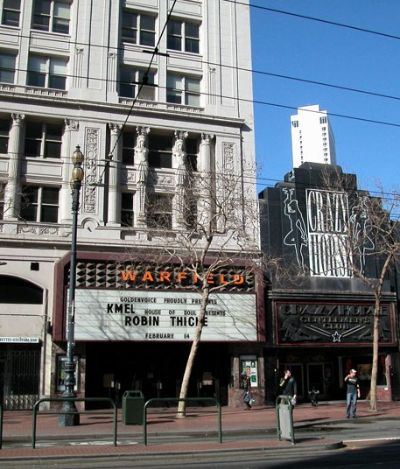
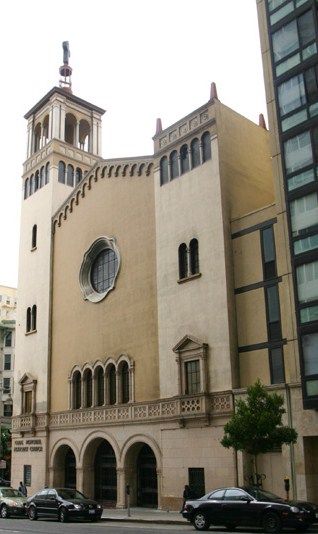
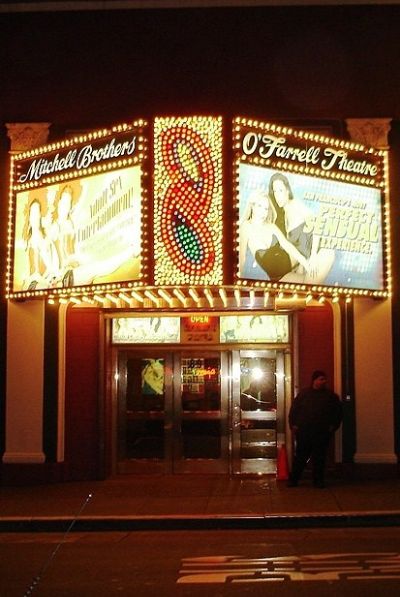
If I understand this process correctly, we are just waiting now for the powers-that-be to negotiate a “Community Benefits Package” from Twitter. That’s where we sweep up a few of the “corporate crumbs” that fall off the table, as I heard Tiny from Poor Magazine say the other day. Tiny was talking about Sutter Health’s Cathedral Hill hospital project, not the Twitter tax break, but, hey, corporate crumbs are corporate crumbs.
 Now I need to get serious. Now I need to get serious.
I know there are all sorts of people out there, people who probably stopped reading this article a long time ago, who will jump up and down and say that San Francisco needs to be more “business friendly,” otherwise every last business in town will pack up and leave.
But what I think San Francisco is really losing are families, working people, Black folks in particular and poor folks in general – because it is just too damn expensive to live here –unless you work for Twitter or Zynga or are named Shorenstein.
We need to stop ripping our City’s social fabric to shreds with tax break after tax break for every corporate huckster with juice at Silly Hall.
I’ve had enough. How about you?
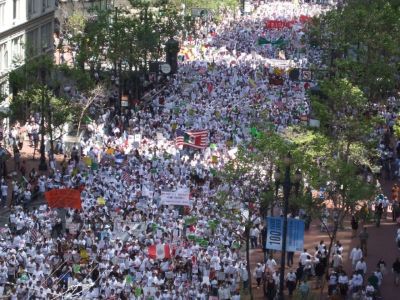
Market Street – Whose street?
Our street!
|